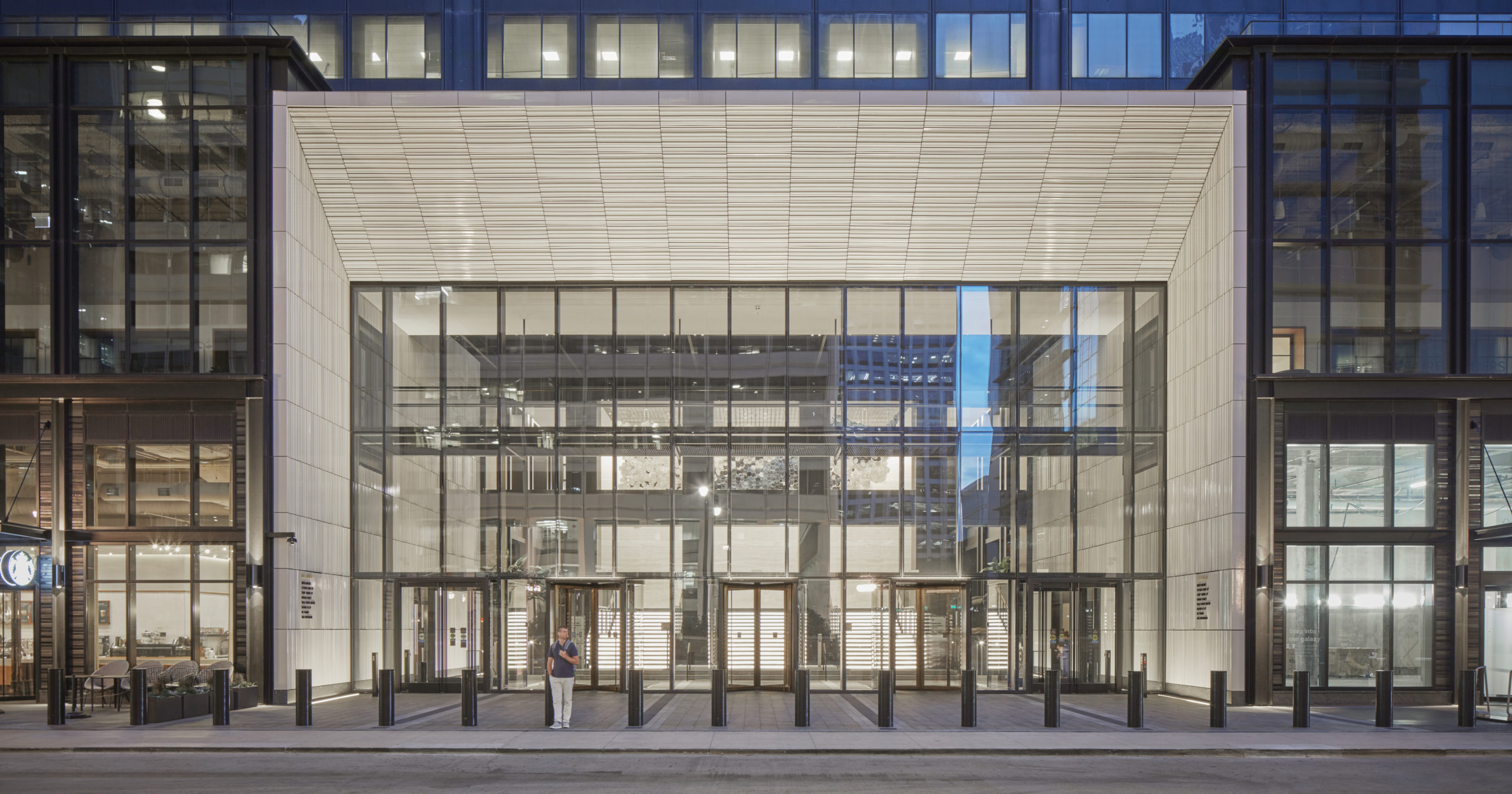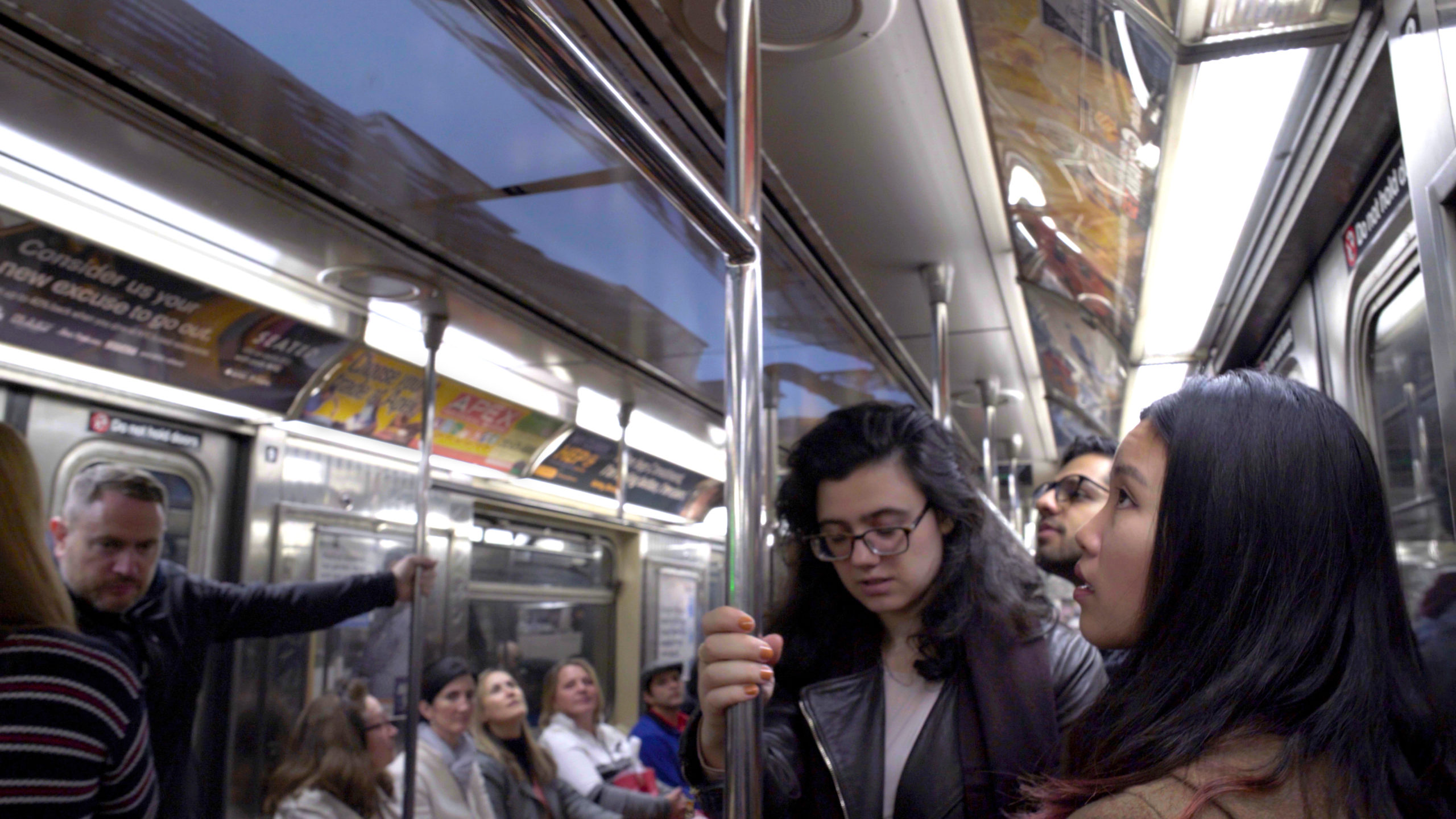Last chance: The 14th Architizer A+Awards celebrates architecture's new era of craft. Apply for publication online and in print by submitting your projects before the Final Entry Deadline on January 30th!
Some see the new year as a chance to reset, while others see it as a mere formality. But for the architectural community, it is a chance to reflect on the industry’s individual and collective achievements, the technical breakthroughs and the numerous noteworthy feats. While most architects will simply continue-on with their existing projects and plans, some see the new year as a blank canvas, a chance to imagine, create and explore new possibilities. While predicting the future of architecture is not always possible and often subject to change, certain trends seem to be gaining speed and that we can confidently say are here to stay.
Adaptive reuse is not new to the architectural lexicon, but it has gained momentum over the past few years. Some of the most iconic architectural structures can be attributed to adaptive reuse, think the Louvre (royal palace turned gallery) and the Musée d’Orsay (railway station turned museum). And as the climate crisis calls for new standards in design and construction, architects are turning to the existing built environment over developing new structures.
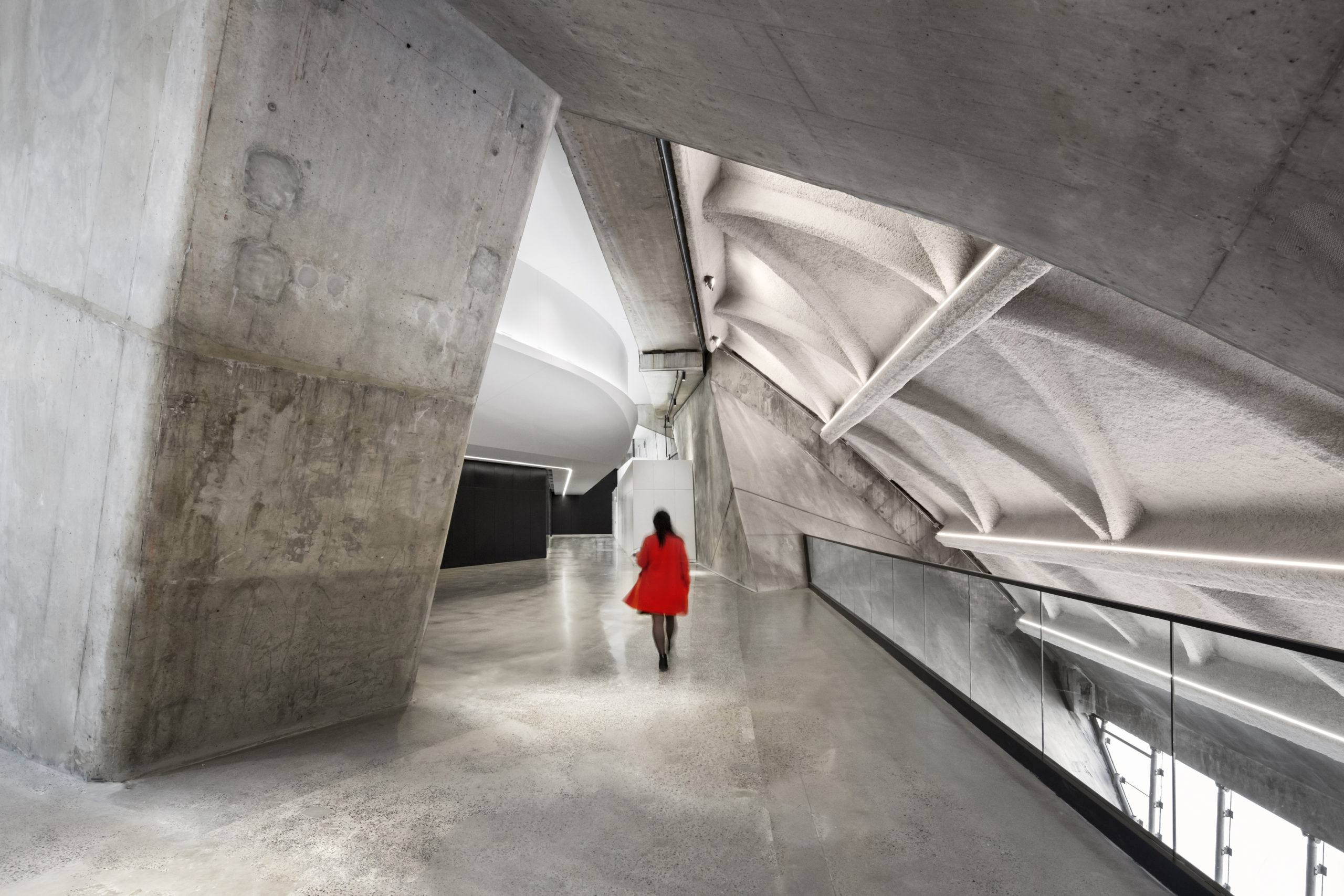
Tour de Montréal by Provencher_Roy, Montreal, Canada, 2019. Finalist, 10th Annual A+Awards, Architecture +Adaptive Reuse. Photo by Stephane Brugger
Upcycling architecture, from small buildings to large developments, has become a viable answer to the climate crisis, as it lowers the construction industry’s global fuel consumption. Repurposing what already exists is an environmentally-friendly building approach that leads to incredible architectural creation and imagination. Rather than seeing adaptive reuse as a limitation, designers continue to demonstrate that repurposing what already exists is a welcomed challenge and vessel for incredible innovation.
Last seasons’ A+Awards showcased some pretty outstanding examples of adaptive reuse design. From an abandoned granary warehouse turned civic center, a former Olympic structure turned office building, the ruins of an adobe house turned community library, and abandoned rest shelter transformed into a community art space, the past winners and finalists demonstrate the profuse possibilities of rehabilitating what already exists and have us eager to see the adaptive reuse projects of this year’s 11th Annual A+Awards season.
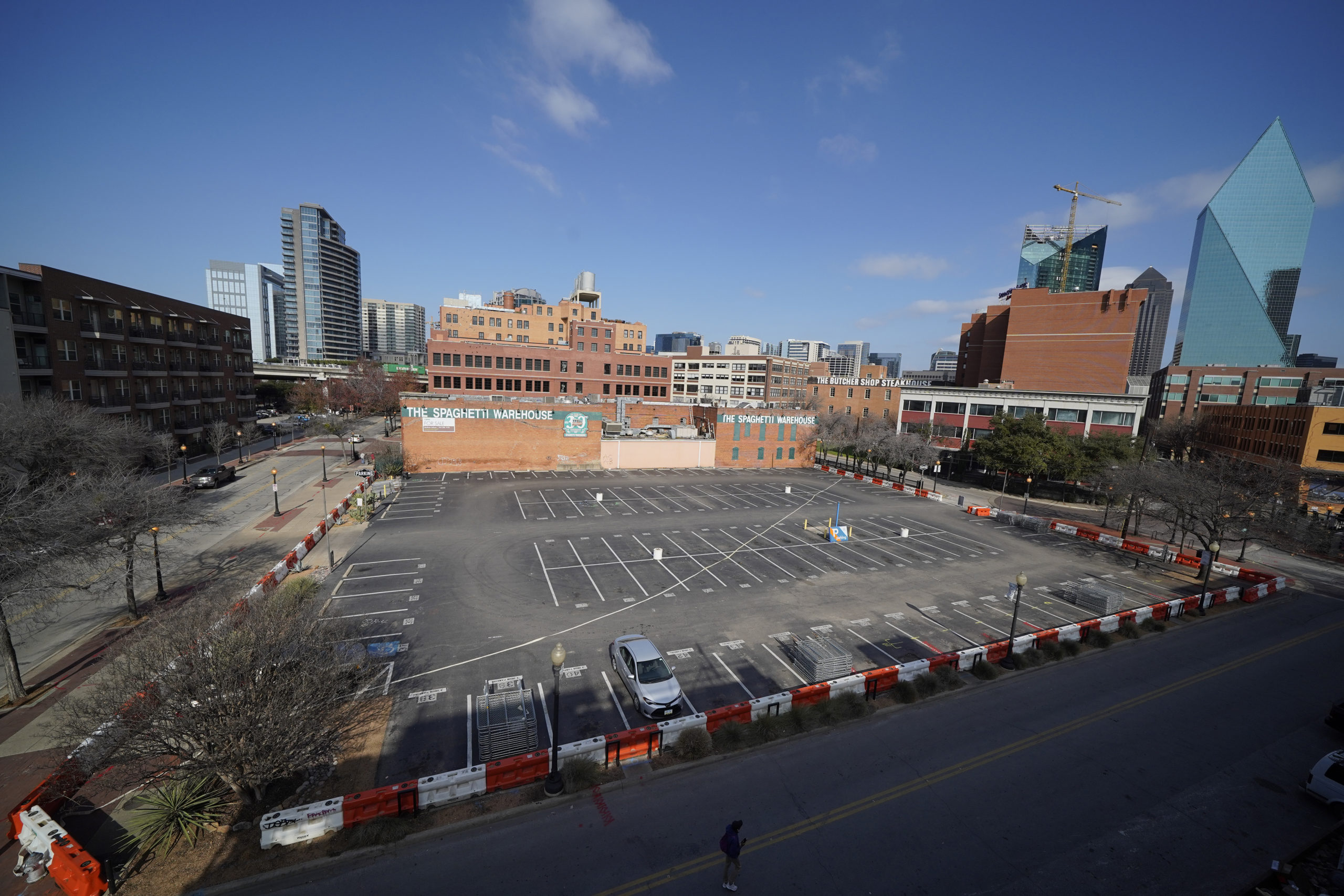
BEFORE: West End Square by James Corner Field Operations, Dallas, TX, United States, 2021. Popular Winner, 10th Annaul A+Awards, Public Parks & Green Spaces. Photo by Sam Oberter
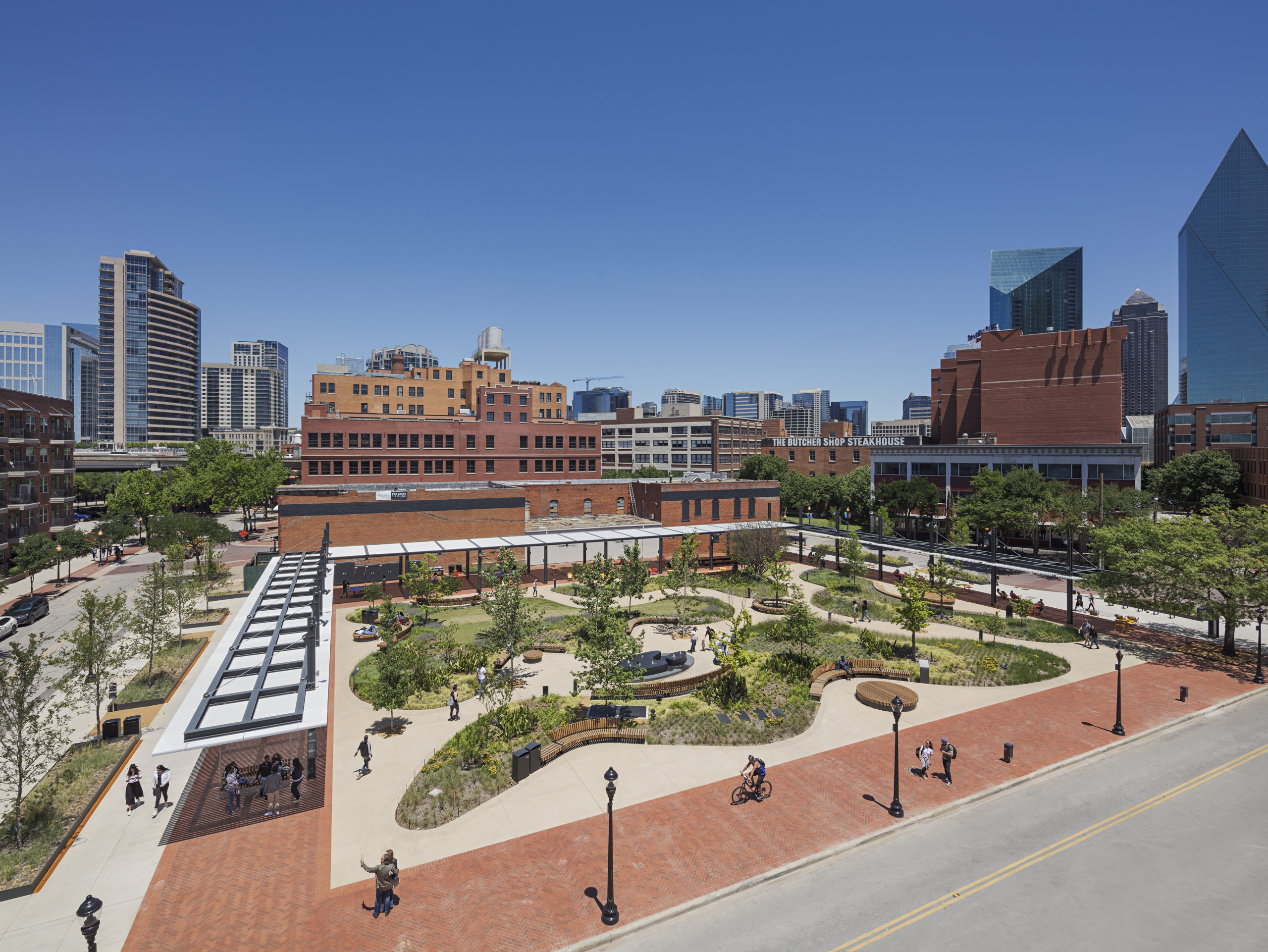
AFTER: West End Square by James Corner Field Operations, Dallas, TX, United States, 2021. Popular Winner, 10th Annual A+Awards, Public Parks & Green Spaces. Photo by Sam Oberter
A particularly compelling trend observed this year is the adaptive reinterpretation of parking lots. The United States has an excess of paved parking spaces (an estimated 2 billion), and city officials have begun exploring alternative uses of these concrete spaces in the hopes of encouraging pedestrian movement and discouraging vehicle use. Reinventing parking spaces — especially in downtown cores — prompts designers and municipal leaders to rethink the value of central urban space. Who and what should be prioritized?
Isabel Castilla from James Corner Field Operations shared her firm’s transformation of an abandoned parking lot in a historic Dallas neighborhood. The project, West End Square, demonstrates how static spaces can become vibrant community anchors that encourage modes of transportation other than driving and thus, facilitate an environmentally-responsible built environment.
Listen to Isabel Castilla’s Future Fest talk here.
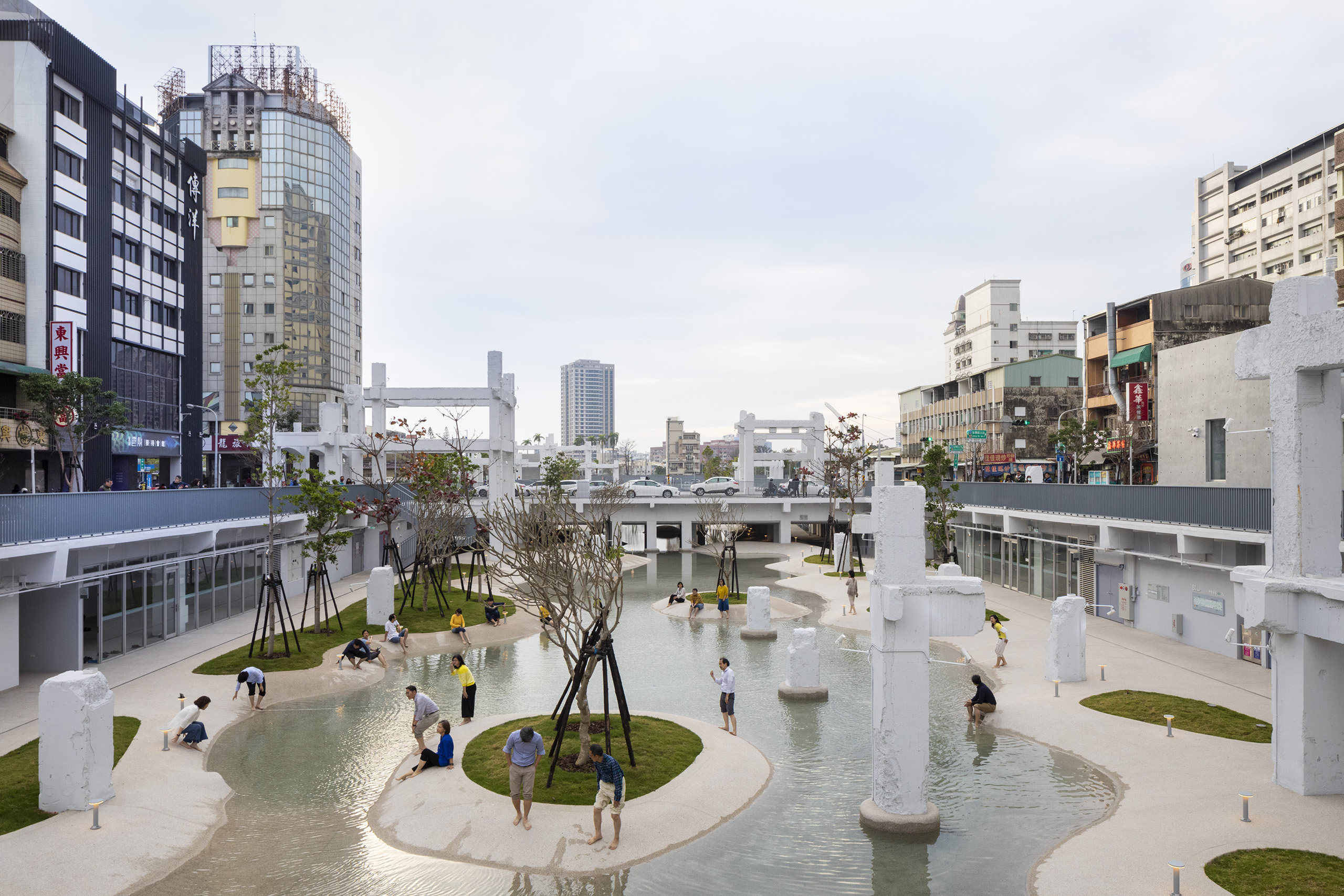
Tainan Spring by MVRDV, Tainan, Taiwan, 2020. Jury Winner, 2020 A+Awards, Architecture +Urban Transformation. Photo by Daria Scagliola/Stijn Brakkee
Architizer’s very own Editor-in-Chief and trained architect Paul Keskeys weighed in on his predictions of car parks in our future cities. With the fast-paced development of technology, the future of our cities is likely to include automated vehicles. And a switch to driverless cars means a probable change to our built environment. If autonomous vehicles become the norm, then perhaps car parks can be placed in city outskirts and open up prime downtown real estate? Automated vehicles could equally cause an increase in abandoned car parks, leading to additional urban spaces in need of adaptive upcycling.
Listen to Paul Keskeys Future Fest talk here.
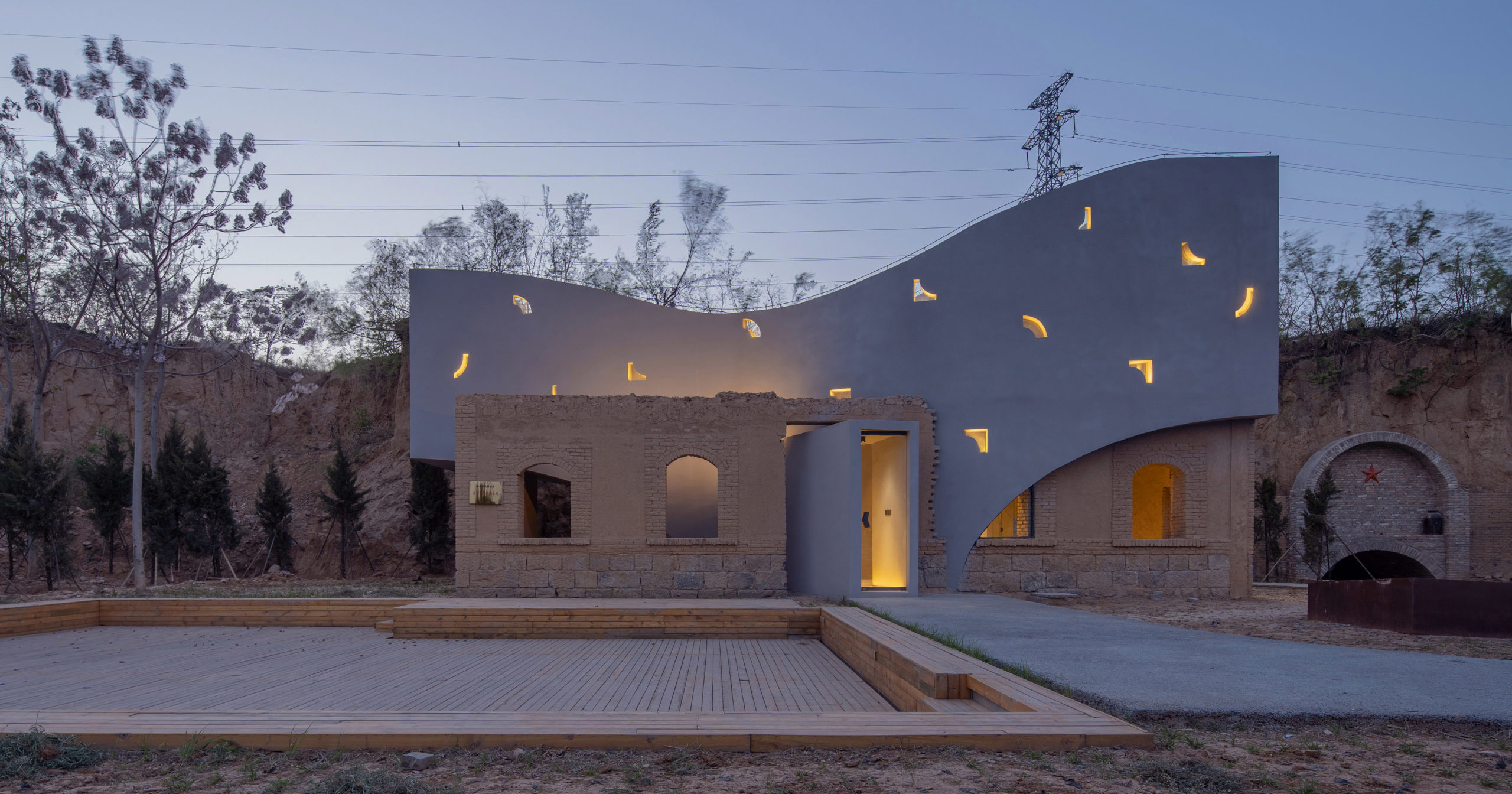
Top image: Library in Ruins by Atelier XI, Xiuwu County, Jiaozuo, China, 2020. Finalist, 10th Annual A+Awards, Architecture +Adaptive Reuse.
With such persisting technological change, it is probable that spaces once integral to our everyday lives may become dying breeds. Think about all the vacant office buildings as a result of the covid pandemic and shift to remote work. Think about the rise and popularity of e-commerce. Are shopping malls on a trajectory towards obsolete?
And while nothing is 100% predictable, one can safely assume that in 2023, the built environment will call upon the creative hands and expertise of architects to reimagine and reinvigorate existing spaces.
Have you creatively revived an existing or abandoned structure? Considering submitting your adaptive reuse project to the 11th Annual A+Awards.
